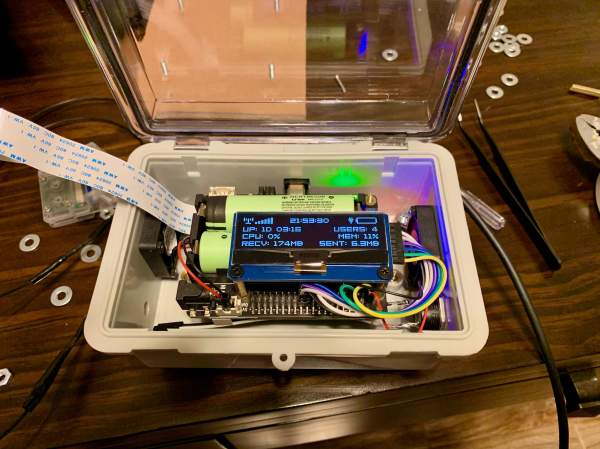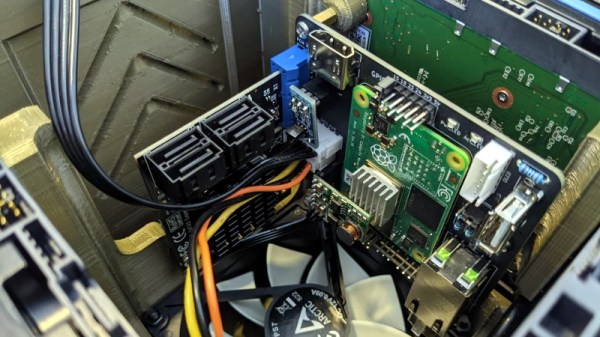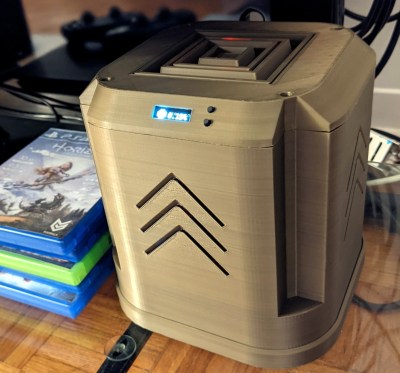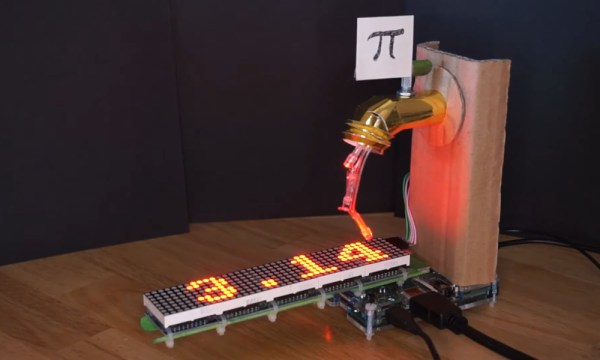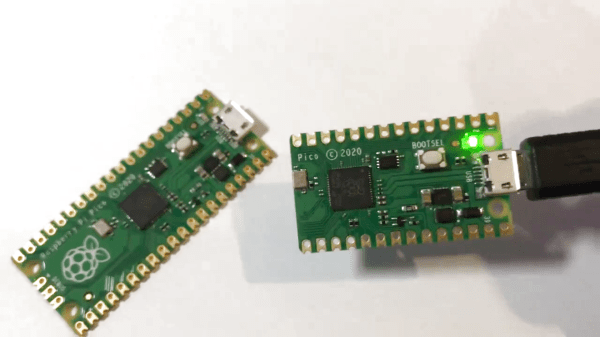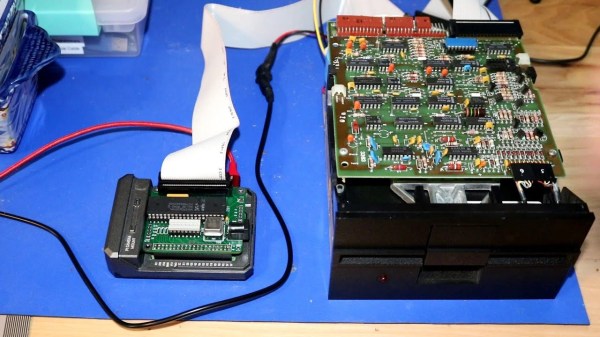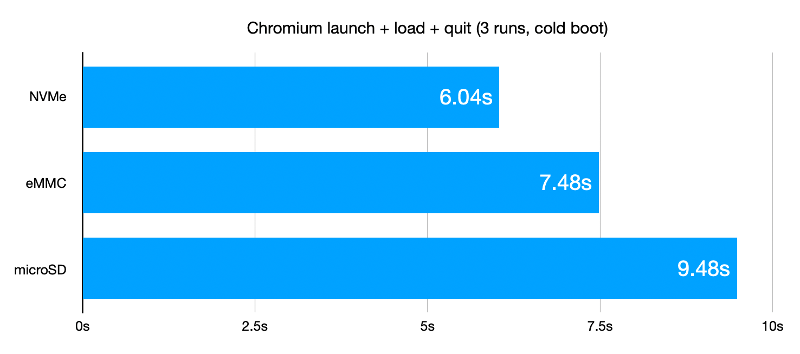Although first presented to the world as an April 1st joke, [Jotun]’s IRC-enabled lawnmower began life as the result of casual bantering among folk on the Undernet IRC network. When the project worked out better than probably anyone could have expected, it was presented as the Green Future of Undernet on April 1st. Joking aside, the project actually is pretty interesting and well-executed.
At the core is a Remington RM110, a fairly basic gas-powered push lawnmower. After years of use it wasn’t running so well any more, so [Jotun] took it apart and cleaned the engine, despite never having done so before. With that grimy task completed, a subsequent remark in an Undernet channel about linking the lawnmower to Undernet led to a Raspberry Pi 4 and various other components being ordered.

The write-up by [Jotun] provides a pretty good overview of the project’s history: from getting the Raspberry Pi 4 working with a UPS add-on, to getting the IRC server software working and serving clients, and putting a weather- and dust-proof box together with enough filtered ventilation to ensure that the freshly mowed grass doesn’t clog up the Raspberry Pi while keeping everything cool.
As a bonus, the system tracks the wheel revolutions so that [Jotun] can keep track of the square kilometers of grass he has cut, and reports this with an IRC bot to anyone interested on Undernet, in the channel #lawnmower. The only thing that isn’t working well yet so far is the live camera feed from the lawnmower, due to the obvious vibration issues, but [Jotun] reckons that can be solved in time.

